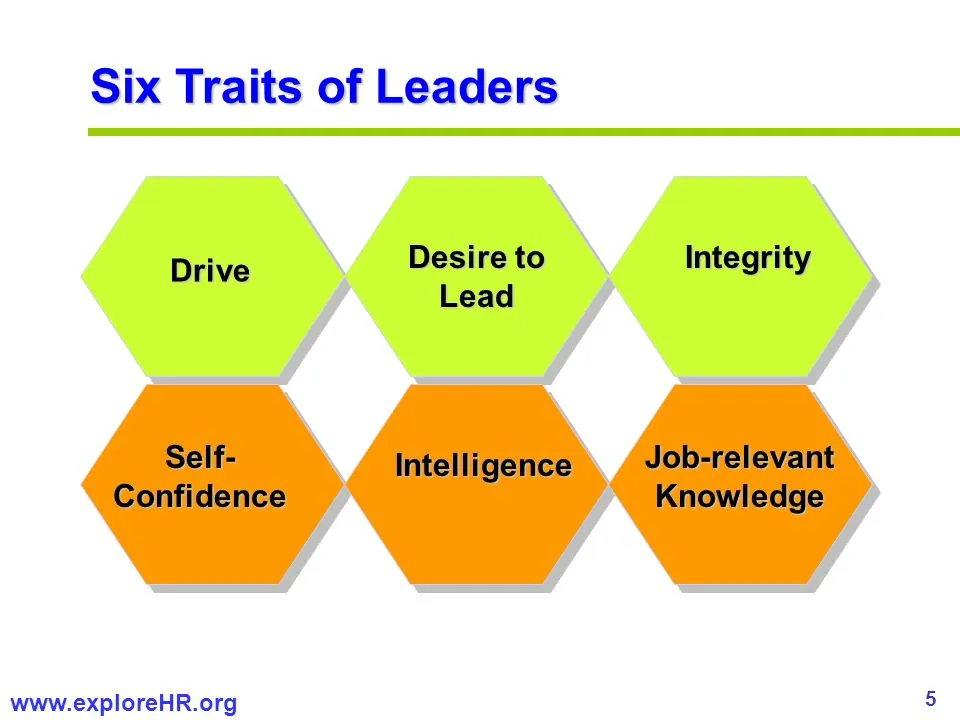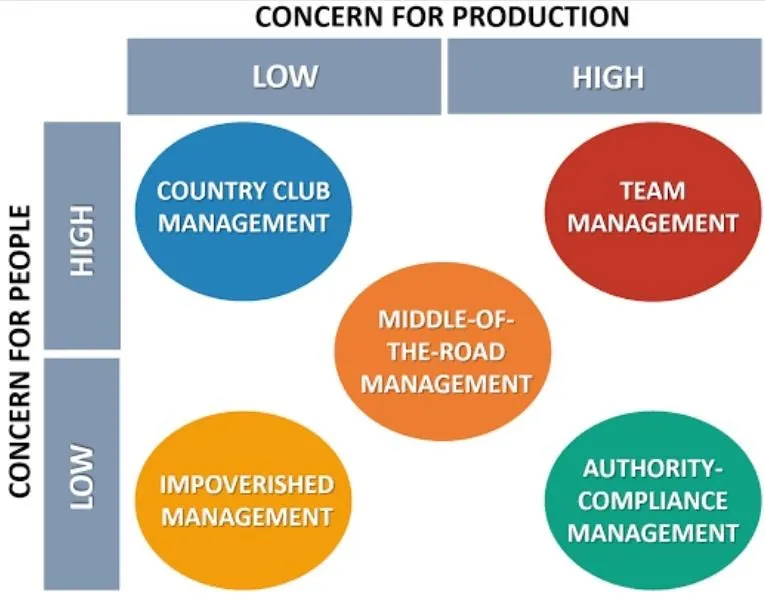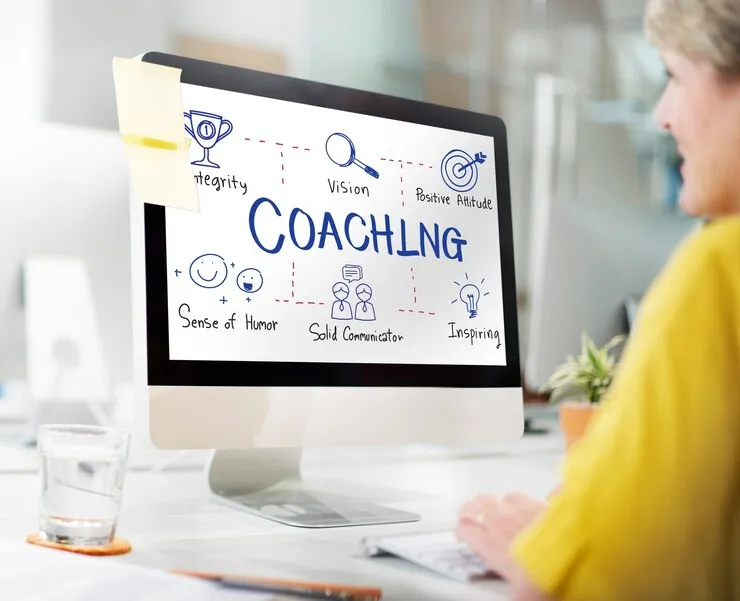Are you looking to hire an HR Administrator? This HR Administrator job description template will help you outline the key roles, responsibilities, and qualifications for the position.
Whether your organization is small or large, defining these criteria clearly ensures you attract the right candidates to your team.
What is an HR Administrator?
An HR Administrator is a professional who provides administrative support to the human resources department. They play a vital role in managing employee-related documentation, overseeing recruitment processes, and ensuring the smooth operation of HR policies.

In this position, you’ll handle sensitive information, requiring confidentiality and excellent organizational skills. The role bridges the gap between employees and HR managers by ensuring day-to-day administrative tasks are completed effectively.
Job responsibilities can vary depending on the organization, but an HR Administrator generally assists in creating a positive work environment while ensuring compliance with labor laws and company policies.
Their expertise contributes to workforce satisfaction and efficient company operations.
HR Administrator Responsibilities
- Maintain accurate and updated employee records.
- Assist in recruitment processes, including job postings and scheduling interviews.
- Handle onboarding and offboarding processes for employees.
- Prepare HR-related documentation such as contracts, policies, and letters.
- Coordinate employee training and development programs.
- Manage employee benefit programs and assist with payroll queries.
- Act as a point of contact for employee inquiries regarding HR policies.
- Ensure compliance with labor laws and company policies.
- Organize and maintain the HR department’s filing system.
- Support performance management procedures.
Requirements and Skills
- Proven experience as an HR Administrator or in a similar role.
- Knowledge of HR software systems and databases (e.g., HRIS).
- Familiarity with labor laws and regulations.
- Excellent organizational and multitasking abilities.
- Strong communication and interpersonal skills.
- Proficiency in MS Office (Word, Excel, and PowerPoint).
- High level of confidentiality and discretion.
- Bachelor’s degree in Human Resources, Business Administration, or a related field.
Looking for detailed requirements hr administrator job description template and its essential and desireable skills? Here’s the simple version:
| JOB DESCRIPTION: HR ADMINISTRATOR | |
| PREFERRED EXPERIENCE | |
| Specification | Essential/Desirable |
| Education, Qualifications and Training | |
| Bachelor’s degree | D |
| Qualification (or currently pursuing) in Human Resources | D |
| Experience | |
| Background in an administrative support role, delivering high-quality and timely work | E |
| Background in an administrative support role within a Human Resource department | D |
| Background in an administrative support role within Higher Education | D |
| Knowledge, Skills and Abilities | |
| Effective written and verbal communication skills, with strong interpersonal abilities to engage with individuals at various levels, including sensitive matters | E |
| Proficient in IT skills, including Excel, Mail Merge, and generating reports | E |
| Highly organized, capable of prioritizing tasks and meeting deadlines | E |
| Keen awareness of details | E |
| Collaborative team member with the capacity to work independently | E |
Examples of HR Administrator Jobs
If you want to gain a deeper understanding of what the role of an HR administrator job description template entails within a company, the easiest way to do so is by looking at real-life examples.
Below, we provide several examples of the responsibilities of an HR administrator across various business sectors, ranging from IT companies to startups.
IT Company
An HR Administrator in an IT company often works closely with technical managers to streamline the hiring of developers, designers, and IT support staff.
Their role involves creating job descriptions tailored to specific technical skills, conducting initial screenings, and assisting in organizing coding assessments. Additionally, they may oversee employee well-being programs like mental health workshops or tech skill-building sessions.
Read another: How to Train Employee with AI Technologies and Preparing Them
Retail Chain
In retail, HR Administrators manage large teams of frontline staff. Their duties often include scheduling shifts, tracking employee attendance, and coordinating payroll adjustments for overtime. They might also handle seasonal hiring and ensure staff training aligns with customer service standards.
Startup
In startups, the HR Administrator’s role is multifaceted. They might take on tasks ranging from onboarding new hires to planning company culture initiatives like team-building events. Given the dynamic nature of startups, they often work closely with founders to align best HR practices with the company’s growth goals.
This HR Administrator job description template provides a comprehensive guide to outline expectations for the role. Tailor it to your organization’s specific needs to attract qualified and capable candidates.
Need a KPI or another helpful template in human resource management? Kindly download our free template.









